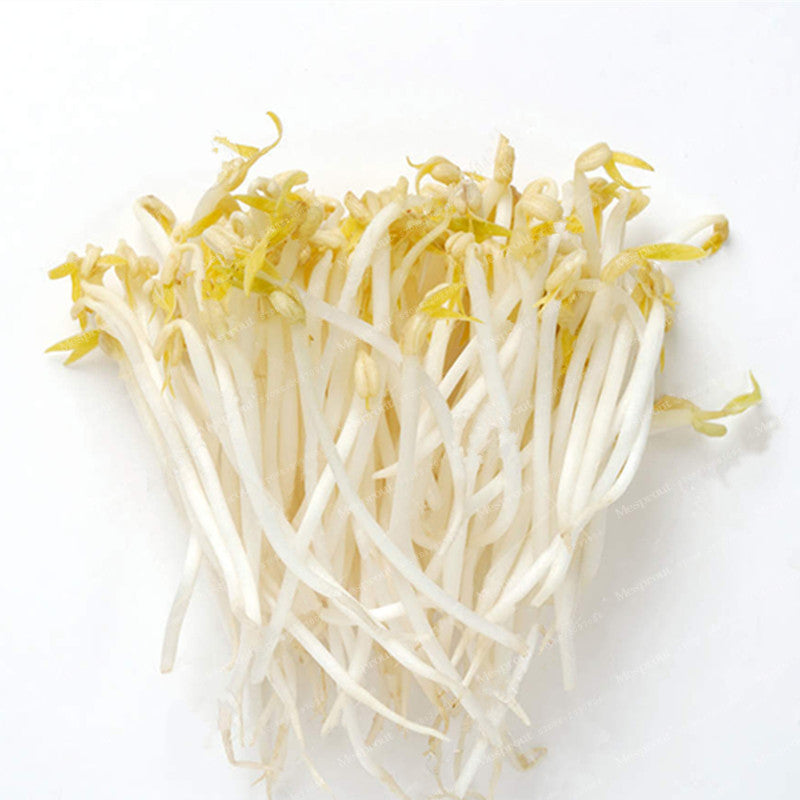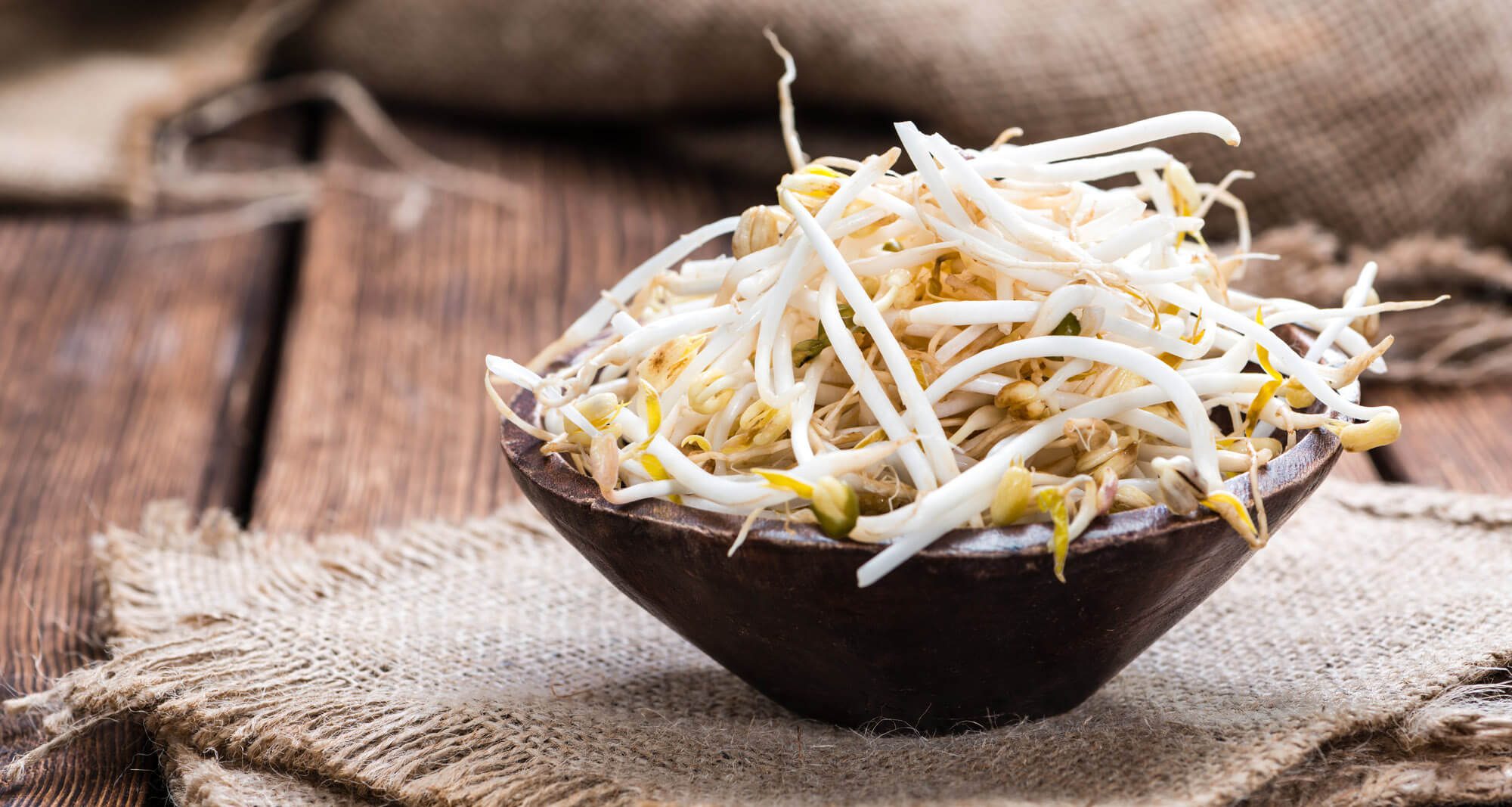

Make sure that there is plenty of water on top of the beans to allow room for the beans to expand.

Ideally, all beans should soak for 8-9 hours, which coincides nicely with a sleep overnight or a traditional workday. Red and black beans require more time and should both soak for 8 hours minimum. The best way to do this is to soak the beans overnight or during the workday.Ĭhick Peas and White Beans will soak sufficiently in a shorter time and you can get away with 4 hours for chickpeas and 6 for white beans. Most beans should be soaked for 8-12 hours.
#BEAN SPROUT HOW TO#
How to Soak and Sprout Your Beans: Prepare Ahead: Know the Right Amount of Time Sprouting can also increase a compound called GABA which has been shown to regulate blood pressure. Sprouting chelates minerals, which means they attach to proteins that increase their functions in the body. More importantly, the sprouting process also reduces anti-nutrients like phytic acid, which can impair the absorption of iron, zinc, and calcium and may promote mineral deficiencies and trypsin inhibitor activity (TIA) which interferes with digestion. Sprouting legumes enhances the bioavailability and digestibility of nutrients and therefore plays an important role in human nutrition, as shown in this study on the black eye peas. Sprouting improves the nutritional benefits of legumes

Purchasing bulk beans or dried beans typically involves less packaging, especially if you are using reusable bags. In addition to improving the nutritional value of the beans, you can also avoid harmful bisphenol lining found in most cans and reduce waste by purchasing from the bulk bins! Dried Legumes are More Environmentally Friendly Sprouting is the process of germinating seeds, or in other words, when the beans change from a protective capsule of a seed into a growing plant.Ĭhemical reactions inside the bean allow the plant to use some of the beans’ nutrients to grow into a plant. Soaking the beans in the dark mimics the wet environment those beans would experience in the soil and triggers them to sprout. Beans are like seeds that would one day become plants if they were allowed to sprout and grow. That includes peas, green beans, peanuts, and dried beans like navy, pinto, garbanzo, black, red, and kidney beans. A legume is a seed, pod, or other edible parts of a leguminous plant, used as food. But if you are able to get them from your local grocery shop, you should be good to use them.Legumes are a type of plant in the Fabaceae (or Leguminosae) family. Lastly, preparing the sprouts at home can be time-consuming and requires a lot of patience and attention. However, the combination may not be termed a healthy weight-loss recipe. Typically the pesarattu dosa is stuffed with upma like masala dosa before it is served. Secondly, similar to the pesarattu dosa, the sprouts dosa can also be served with upma. Perhaps, sprouts from peas, lentils, chickpeas, kidney beans, and alfalfa green sprouts. Firstly, in this recipe, I have specifically used fresh mung bean sprouts, but you may add other sprouts too. Once prepared, I would recommend serving it with a spicy chutney like tomato or onion, but you choose as per your preference.įurthermore, some more additional tips, suggestions, and variations to the Sprouted Green Moong Dal Pesarattu. In addition, you would not face the hassle of sticking to the pan as it should easily come out once fried. You just need to ground it like a paste and spread it. This basically, does not require any additional soaking, fermenting, and more importantly just one ingredient. However, if you have it ready, preparing the dosa is an instant method. Well if you consider the sprouting process, it may require 2-3 days depending upon the climate. Basically, the pesarattu is made with mung beans which are also rich in protein, but this recipe requires sprouts bean making it extra special. As I was explaining earlier, this recipe is very similar to the popular Andhra special pesarattu recipe.


 0 kommentar(er)
0 kommentar(er)
